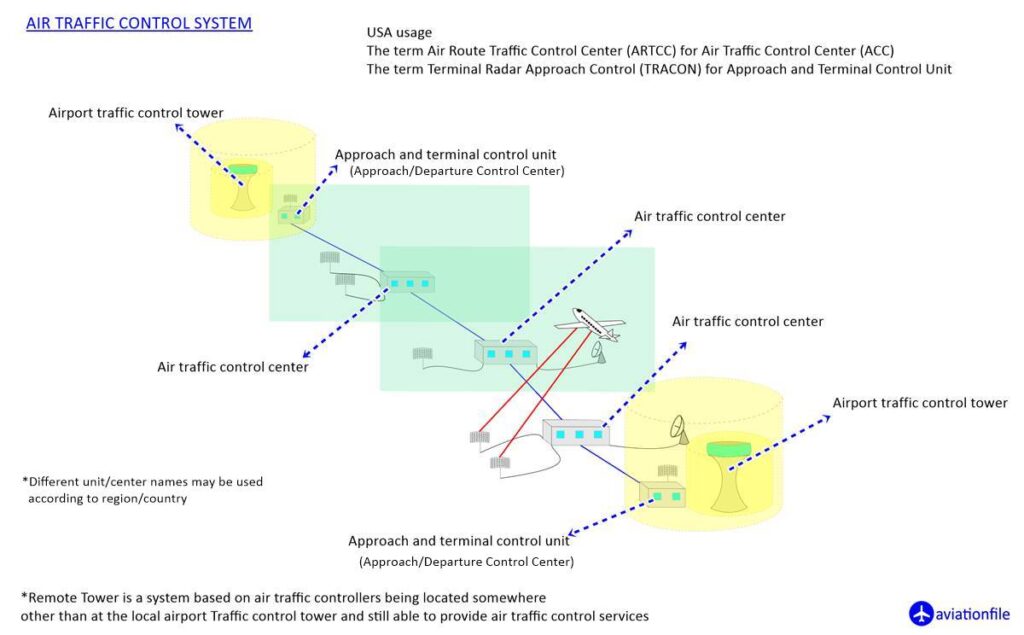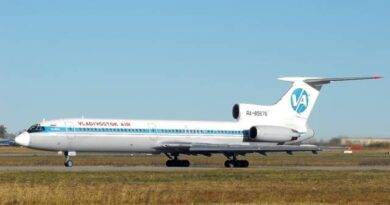The Minimum En-route Altitude (MEA)
The Minimum En-route Altitude (MEA) is the lowest altitude that an aircraft can safely fly between radio navigation fixes while maintaining acceptable navigation signal coverage and obstacle clearance. The MEA is published on en-route charts and is determined by the following factors:
- The type of navigation aids available along the route
- The terrain elevation along the route
- The airspace structure
The MEA is typically higher over mountainous areas and lower over flat areas. It is also higher in controlled airspace than in uncontrolled airspace.
Pilots are required to fly at or above the Minimum En-route Altitude unless ATC authorizes them to fly at a lower altitude. Flying below the MEA can be dangerous because it can lead to navigation errors and collisions with obstacles.
- The MEA is only applicable to instrument flight rules (IFR) flights. Visual flight rules (VFR) flights are not subject to the MEA.
Here are some of the related terms to MEA:
- Minimum Safe Altitude (MSA): The lowest altitude at which an aircraft can safely fly while maintaining obstacle clearance. The MSA is typically lower than the MEA.
- Minimum Obstruction Clearance Altitude (MOCA): The lowest altitude at which an aircraft can safely fly while maintaining obstacle clearance in the absence of radio navigation signals. The MOCA is typically lower than the MEA.
- Minimum Sector Altitude (MSA): The lowest altitude at which an aircraft can safely fly while maintaining obstacle clearance within a particular sector of airspace. The MSA is typically lower than the MEA.




